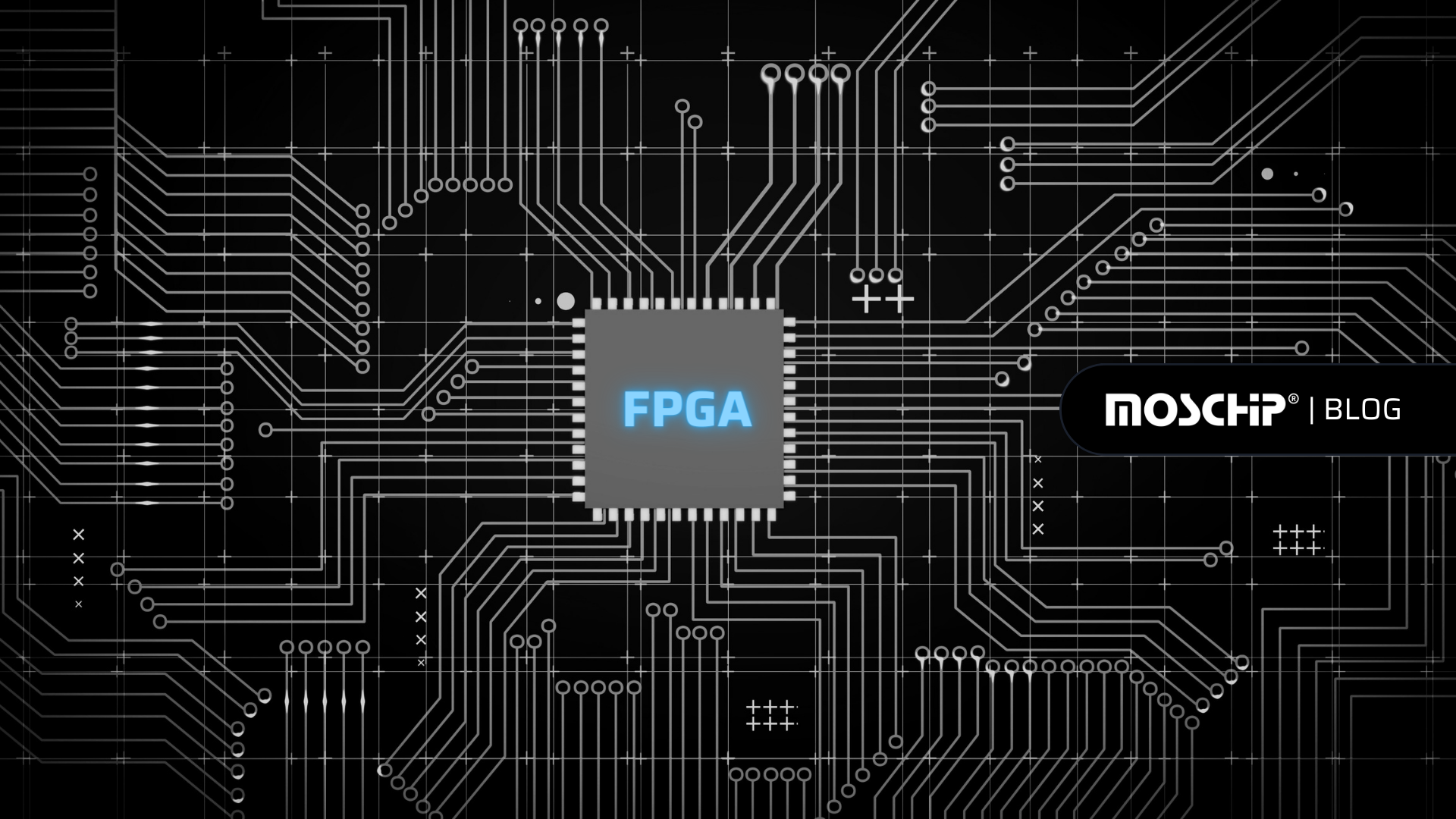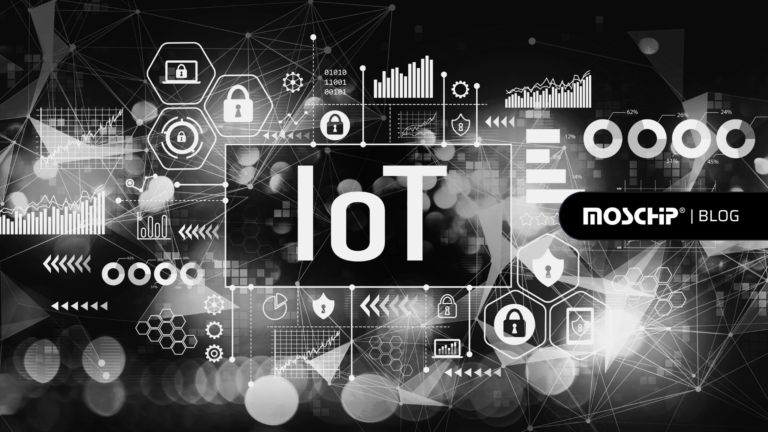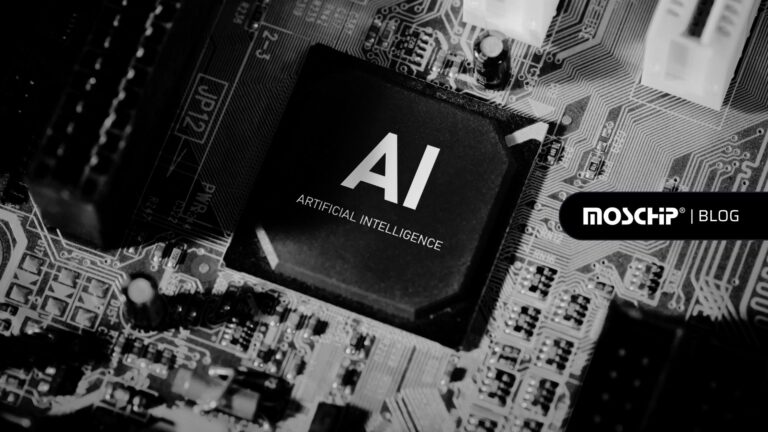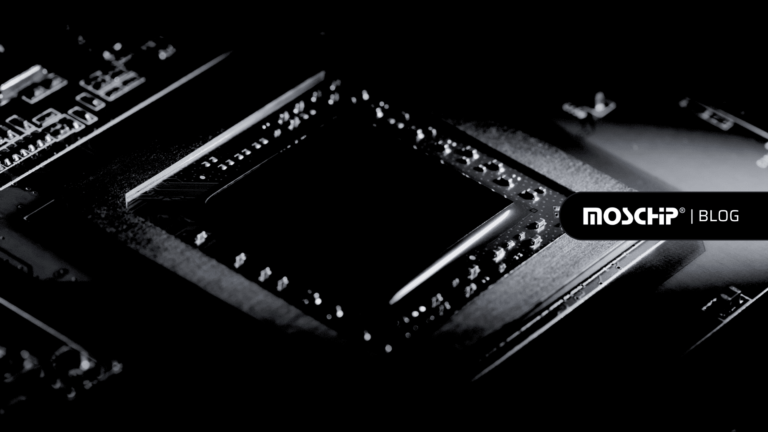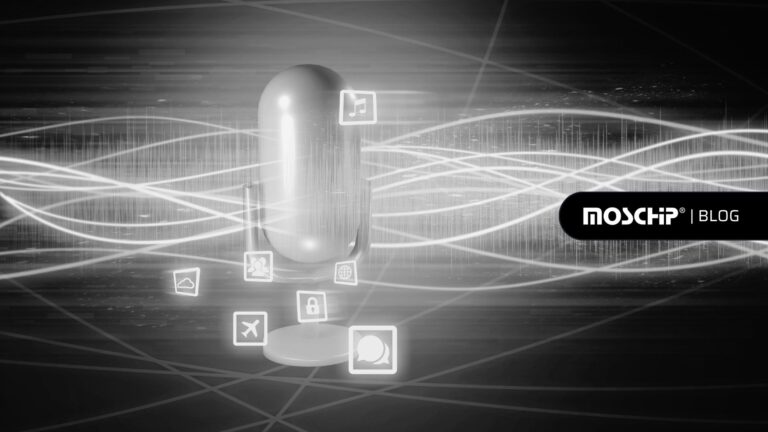The rise of FPGA technology in High-Performance Computing
In recent years, Field Programmable Gate Arrays (FPGAs) have emerged as a viable technology for High-Performance Computing (HPC), thanks to their customizability, parallel processing, and low latency. High-Performance Computing (HPC) is a field of computing that involves the use of advanced hardware and software resources to perform complex calculations and data processing tasks at significantly higher speeds and larger scales than conventional computing systems. HPC is designed to solve computationally intensive problems and analyze massive datasets in the shortest possible time. It involves using advanced computing technologies, including software development, to perform complicated tasks that require massive processing power. These tasks include scientific simulations, data analytics, and machine learning. HPC plays a critical role in various industries, such as finance, healthcare, and oil and gas exploration. Industry reports predict that the FPGA market is expected to increase from USD 9.7 billion in 2023 to USD 19.1 billion by 2028. This is growing at a Compound Annual Growth Rate (CAGR) of 14.6%.
A brief history of FPGA and its relevance to High-Performance Computing
Around the 1980s, computer designs became standardized, making it difficult for smaller companies to compete with the major players. However, in 1984, Xilinx introduced the first FPGA. This created an emerging market, allowing smaller companies to produce chips previously impossible. FPGAs are semiconductor devices that can be reprogrammed after manufacturing. This allows users to configure digital logic circuits and create custom hardware accelerators for specific applications, a process known as FPGA design. Initially, FPGAs were mainly used in niche applications due to their limited capacity compared to Application-Specific Integrated Circuits (ASICs). Over the years, FPGAs have undergone significant advancements in terms of capacity, speed, and efficiency. This has made them increasingly relevant in various industries, including High-Performance Computing (HPC). Their reconfigurability and parallel processing capabilities make them ideal for computationally intensive tasks commonly found in HPC environments. FPGAs can be seamlessly integrated into existing HPC infrastructures, complementing traditional CPU-based clusters and GPU-based systems. By offloading specific tasks to FPGAs, HPC systems can achieve higher performance, lower power consumption, and improved efficiency.
Advantages of FPGAs in High-Performance Computing
Increased performance: FPGAs can significantly enhance performance by offloading compute-intensive tasks from traditional processors. They provide parallel processing capabilities that can execute complex algorithms at blazing speeds, surpassing the performance of conventional CPUs.
Energy efficient: FPGAs offer remarkable energy efficiency compared to CPUs or GPUs. Unlike CPUs and GPUs, which are designed to be general purpose processors capable of running a wide range of application, FPGAs can be programmed to implement specific functions or algorithms directly in hardware. This means that FPGAs can be optimized for specific tasks and can perform those tasks with much higher efficiency than general-purpose processors.
Reduced latency: FPGAs can drastically reduce data processing latency by eliminating data transfer between different components. By leveraging FPGA acceleration and executing tasks directly on FPGA hardware, latency is minimized, enabling real-time processing of time-sensitive applications.
Advantages of FPGAs in HPC
Use cases for FPGAs in High-Performance Computing
The deployment of FPGAs in these diverse HPC applications underscores their adaptability and versatility. As FPGA technology continues to advance, its relevance in HPC is expected to grow further, empowering researchers and industries to tackle complex challenges and drive innovation in various domains.
Machine learning and AI: FPGAs are now useful tools for designing applications based on artificial intelligence and machine learning. Because FPGAs can manage complex calculations in parallel, they can run neural network models faster and effectively. High-performance computing systems can execute machine learning models faster and with less energy usage by delegating some tasks to FPGAs. This makes FPGAs ideal for real applications. FPGAs makes it possible to process massive amounts of data quickly which facilitates the efficient operation of various AI applications.
Financial modelling: Real-time data analysis, risk analysis, and algorithmic trading necessitates high-speed processing power in the fast-paced world of finance. FPGAs enable traders and financial analysts to execute financial models and simulations with low latency, resulting in quicker and more accurate decision-making. High-frequency trading environments, where every microsecond counts, benefit from the FPGA capacity to handle concurrent data streams and sophisticated computations counts.
Video and image processing: Medical imaging to multimedia and entertainment, the effective processing of visual data is essential in a variety of applications. The parallel architecture of FPGAs makes them excellent at processing images and video. The FPGA-based acceleration of real-time video analytics, object detection, image recognition, and computer vision algorithms enable quick analysis and decision-making in urgent situations.
The Future of FPGAs in High-Performance Computing
FPGAs have the potential to transform HPC by effectively handling big data, improving machine learning, advancing scientific research, and boosting the performance of AI applications. Addressing challenges related to standardization and skill requirements will be crucial to unlocking the full potential of FPGAs in HPC and realizing their impact on various industrial domains. Additionally, FPGAs offer significant enhancements for artificial intelligence applications, which are increasingly integral to many HPC use cases. The ability to accelerate AI inference tasks, such as real-time image analysis, natural language understanding, and decision-making, is critical in fields like autonomous vehicles, medical diagnostics, and robotics.
In conclusion, FPGAs have made significant progress over the past few years and are increasingly being considered for use in HPC applications as they can be reprogrammed to carry out particular tasks. Traditional CPUs and GPUs struggle to match the flexibility and performance of FPGAs. FPGAs appear to have a bright future in high-performance computing overall. FPGAs are likely to become a more significant component of the HPC landscape as they grow in strength, efficiency, and programming ease.
At MosChip company offers the best design practices and the right selection of technology stacks to provide secure FPGA design, software development, and embedded system services. We help businesses in building next-gen high-performance systems/solutions/products with semiconductor services like platform enablement, firmware & driver development, OS porting & bootloader optimization, middleware integration, and more across various platforms.
About MosChip:
MosChip has 20+ years of experience in Semiconductor, Product Engineering services & Software, security with the strength of 1300+ engineers.
Established in 1999, MosChip has development centers in Hyderabad, Bangalore, Pune, and Ahmedabad (India) and a branch office in Santa Clara, USA. Our software expertise involves platform enablement (FPGA/ ASIC/ SoC/ processors), firmware and driver development, systems security, BSP and board bring-up, OS porting, middleware integration, product re-engineering and sustenance, device and embedded testing, test automation, IoT, AIML solution design and more. Our semiconductor offerings involve silicon design, verification, validation, and turnkey ASIC services. We are also a TSMC DCA (Design Center Alliance) Partner.
Stay current with the latest MosChip updates via LinkedIn, Twitter, FaceBook, Instagram, and YouTube
Author
-
Ambuj is a Marketing professional at MosChip creating impactful techno-commercial writeups and conducting extensive market research to promote businesses on various platforms. He has been a passionate marketer for more than three years and is constantly looking for new endeavours to take on. When He’s not working, Ambuj can be found riding his bike or exploring new destinations.

